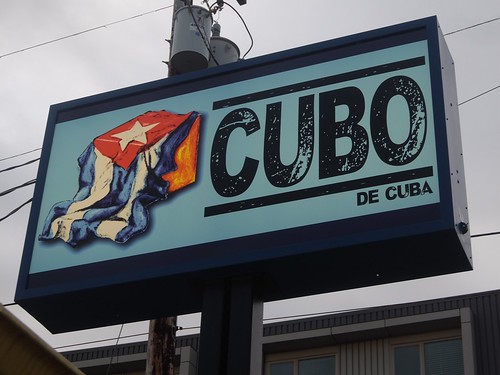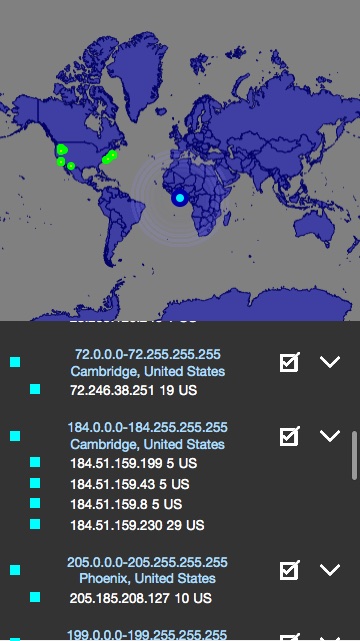The idea of a self-contained LCD stems from having display system and programs in a single unit.
Perhaps a Raspberry Pi or similar GPU-endowed motherboard is tucked away internally within some cabinet, along with the display screen it feeds.
Mount the assembly and plug it in, and it boots into a set repertoire of animations, perhaps with sounds.
Yes, our sign could be little more than a billboard with rotating advertising. As such, this technology is already out there, next to freeways, at Times Square.
In the CSN context, we use our screens to share reveries, perhaps hypertoons, continuous transformations scanned from a network of scenarios (edges) interconnecting the key frames (nodes).
One such hypertoon might feature the assembly and disassembly of well- and lesser-known polyhedrons from phi-scalable tetrahedrons. The topic is purely abstract, yet precise.
The rhombic triacontahedron (RT) dissects into 120 such modules, left and right handed.
Meanwhile, the regular tetrahedron may be sliced into four quadrants, each of which further subdivides into three pairs of left and right handed versions of the same shape, for a total of 24 modules, differently shaped from the ones above.
Those of us schooled in American transcendentalism have our own vocabulary for these geometric concepts, making it easier for our engineers to communicate with one another. The RT dissects into E-modules, the regular tetrahedron into A-modules.
The E-shape resized to match the A-shape in volume is the T-module. You will find all the plane-nets in transcendentalist works but don't expect too much from your literature profs. Readers in the humanities tend to eschew what appears to be purely technical, even if it's also architectural. We don't get many polymaths like Hugh Kenner.
Said rhombic triacontahedron, in which two Platonics are inscribed, relates to the rest of the Platonic Five though the Jitterbug Transformation. The icosahedron and cuboctahedron connect in this way, bridging the two symmetry families (five-fold with four).
When David Koski was through Portland lately, we had a CSN meeting at #CodeCastle, the Sunnyside Methodist Church turned community center. Some of us had visited PDX Code Guild the night before.
Thanks to our already sharing a lot of the same memes, as a subculture, CSN is well-positioned to move the "coffee shop LCD" to a next level, as an art form. We've been touring many East-meets-West retail outlets for inspiration.
Will we have some CSN LCDs in Havana, Cuba, in time for SciPy next year? All the hypertoons I've prototyped in actual computer code have used Python.
Perhaps a Raspberry Pi or similar GPU-endowed motherboard is tucked away internally within some cabinet, along with the display screen it feeds.
Mount the assembly and plug it in, and it boots into a set repertoire of animations, perhaps with sounds.
Yes, our sign could be little more than a billboard with rotating advertising. As such, this technology is already out there, next to freeways, at Times Square.
In the CSN context, we use our screens to share reveries, perhaps hypertoons, continuous transformations scanned from a network of scenarios (edges) interconnecting the key frames (nodes).
One such hypertoon might feature the assembly and disassembly of well- and lesser-known polyhedrons from phi-scalable tetrahedrons. The topic is purely abstract, yet precise.
The rhombic triacontahedron (RT) dissects into 120 such modules, left and right handed.
Meanwhile, the regular tetrahedron may be sliced into four quadrants, each of which further subdivides into three pairs of left and right handed versions of the same shape, for a total of 24 modules, differently shaped from the ones above.
Those of us schooled in American transcendentalism have our own vocabulary for these geometric concepts, making it easier for our engineers to communicate with one another. The RT dissects into E-modules, the regular tetrahedron into A-modules.
The E-shape resized to match the A-shape in volume is the T-module. You will find all the plane-nets in transcendentalist works but don't expect too much from your literature profs. Readers in the humanities tend to eschew what appears to be purely technical, even if it's also architectural. We don't get many polymaths like Hugh Kenner.
Said rhombic triacontahedron, in which two Platonics are inscribed, relates to the rest of the Platonic Five though the Jitterbug Transformation. The icosahedron and cuboctahedron connect in this way, bridging the two symmetry families (five-fold with four).
When David Koski was through Portland lately, we had a CSN meeting at #CodeCastle, the Sunnyside Methodist Church turned community center. Some of us had visited PDX Code Guild the night before.
Thanks to our already sharing a lot of the same memes, as a subculture, CSN is well-positioned to move the "coffee shop LCD" to a next level, as an art form. We've been touring many East-meets-West retail outlets for inspiration.
Will we have some CSN LCDs in Havana, Cuba, in time for SciPy next year? All the hypertoons I've prototyped in actual computer code have used Python.



















